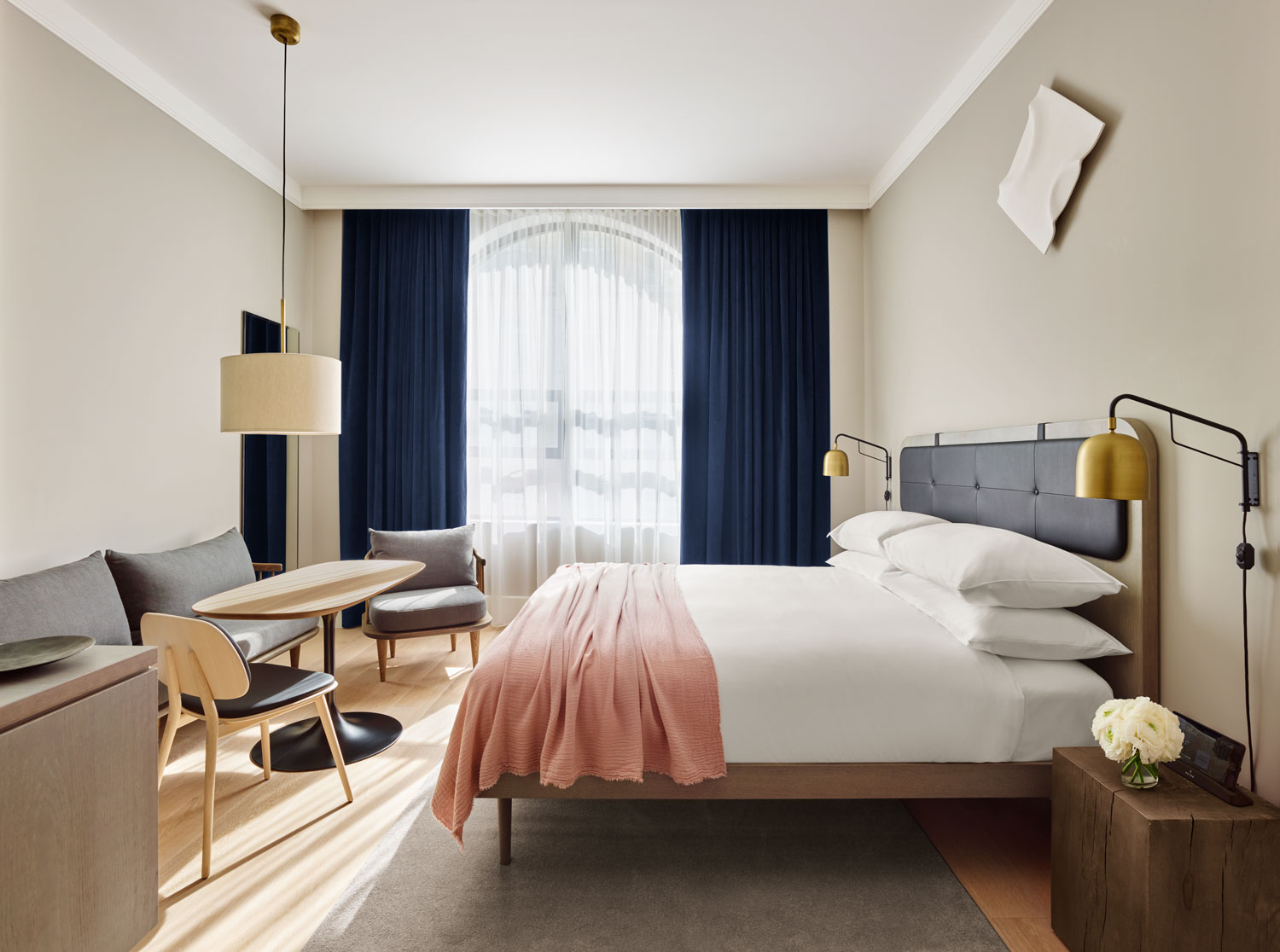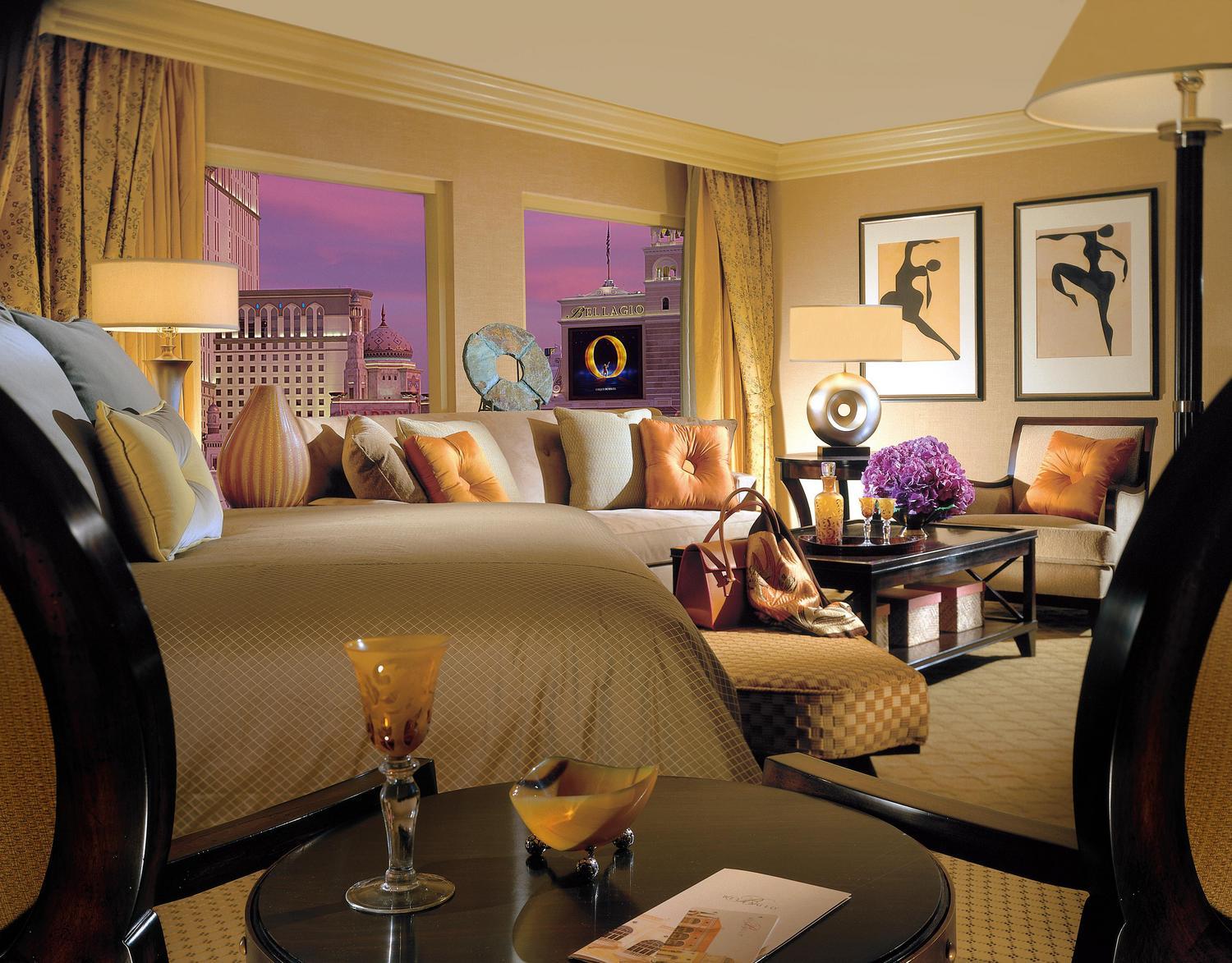Design Elements

In the realm of hotel room design, the judicious use of color, lighting, and texture plays a pivotal role in crafting an atmosphere that is both welcoming and comfortable. These elements, when harmoniously combined, can evoke a sense of tranquility, energize the senses, or create a sophisticated ambiance.
Hotel room design is an art form, blending comfort, style, and functionality. It’s not just about aesthetics but also about creating an environment that feels inviting, relaxing, and inspiring. Like yacht interior design , hotel room design involves careful planning, attention to detail, and a deep understanding of human needs and desires.
The result is a space that not only meets the basic requirements of shelter but also enhances the guest’s overall experience.
The choice of colors should be guided by the target audience and the desired mood. Warm hues, such as reds, oranges, and yellows, exude a sense of warmth and coziness, while cool colors, such as blues, greens, and purples, evoke a calming and serene effect. Neutral colors, like white, gray, and beige, provide a versatile backdrop that can be complemented with pops of color through accessories or artwork.
Hotel room design often seeks to create a sense of comfort and relaxation. One popular style that can achieve this is Tuscan interior design , which incorporates elements of the Italian countryside. This style features warm colors, natural materials, and rustic accents, creating a cozy and inviting atmosphere that is perfect for a relaxing stay.
Lighting
Lighting is another crucial element in hotel room design. Natural light, when available, should be maximized through the use of large windows or skylights. Artificial lighting, on the other hand, should be carefully planned to create different moods and cater to various activities. Ambient lighting provides general illumination, while task lighting, such as bedside lamps or desk lamps, allows guests to read or work comfortably. Accent lighting, such as wall sconces or recessed lights, can highlight architectural features or create focal points.
Texture, Hotel room design
Texture adds depth and interest to hotel room design. It can be introduced through a variety of materials, such as fabrics, upholstery, carpeting, and wall coverings. Soft and plush textures, such as velvet or faux fur, create a sense of luxury and comfort, while rough and rugged textures, such as stone or wood, evoke a more rustic or industrial feel. The combination of different textures can create a dynamic and visually appealing space.
Space Planning: Hotel Room Design

Maximizing space in hotel rooms is crucial for creating a comfortable and inviting experience for guests. By incorporating multi-functional furniture and clever storage solutions, designers can optimize the use of space while maintaining functionality and aesthetics.
Multi-Functional Furniture
Multi-functional furniture pieces serve multiple purposes, maximizing space and creating a more versatile room. For instance, a sofa bed can transform into a comfortable bed at night, while an ottoman with built-in storage can provide extra seating and storage space.
Clever Storage Solutions
Clever storage solutions are essential for keeping the room organized and clutter-free. Built-in shelving, under-bed storage, and wall-mounted hooks are effective ways to maximize vertical space. Drawers with dividers and organizers help keep items tidy and easily accessible.
Balancing Functionality and Aesthetics
While maximizing space is important, it’s crucial to maintain a balance between functionality and aesthetics. Furniture should be comfortable and practical, while also complementing the overall design of the room. By carefully selecting pieces that are both functional and stylish, designers can create a harmonious and inviting space.
Technology Integration

In today’s modern era, technology plays a pivotal role in enhancing the guest experience in hotel rooms. The integration of smart devices, voice control, and mobile app integration is transforming the way guests interact with their surroundings, offering unprecedented convenience and personalization.
Smart Devices and Voice Control
Smart devices, such as smart TVs, smart thermostats, and smart lighting, provide guests with intuitive control over their room environment. Voice-activated assistants, like Amazon Alexa or Google Home, allow guests to adjust lighting, temperature, and even order room service hands-free. This eliminates the need for multiple remotes or manual adjustments, creating a more seamless and enjoyable experience.
Mobile App Integration
Mobile app integration empowers guests with the ability to manage their stay from the palm of their hands. Hotel apps can provide access to room controls, room service menus, local recommendations, and even check-in and checkout services. By streamlining these processes, guests can save time and focus on enjoying their stay.